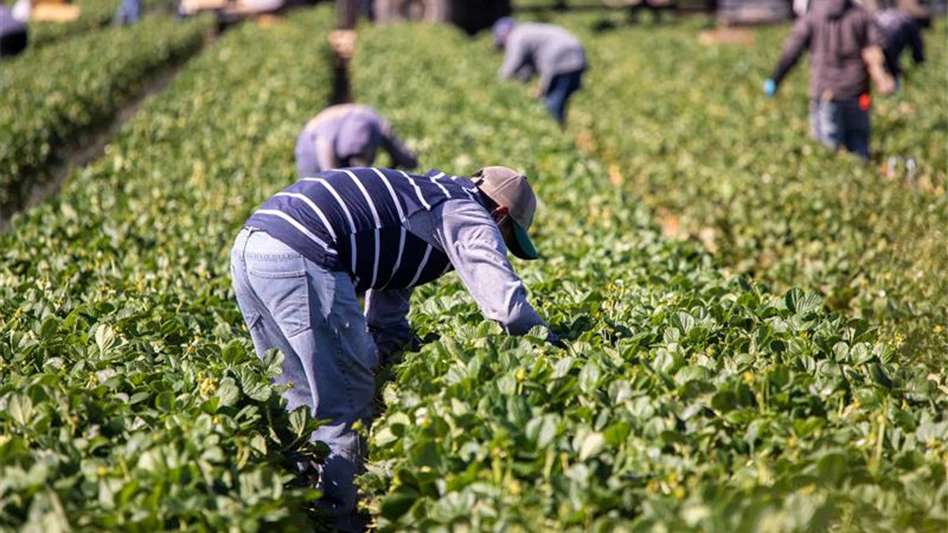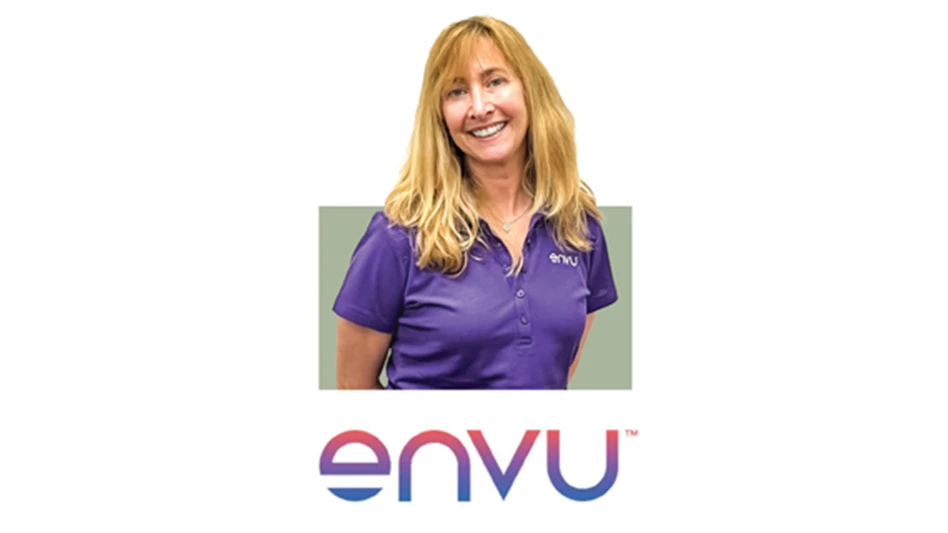 David Kuack David Kuack |
So what are consumers going to be looking for in 2010? Think simple. USA Today reports that more companies will promote simple, as in less is more, such as fewer parts, ingredients or additives. New product expert Lynn Dornblaser at market research company Mintel, told the newspaper that companies that offer products with the fewest number of ingredients will be the big winners. She said products that promote simplicity on their labels will be more in demand that those with the buzzwords “natural” or “organic.” Food manufacturers are looking to simplify and minimize product ingredients and the packaging they come in. Jim Low, marketing director at Kraft Foods, told USA Today that Kraft has applied the less-is-more concept to its line of Triscuit crackers. The company has promoted the crackers ingredients and simplified the package with earth-tone colors. The results were a double digit sales increase for the second quarter of 2009. Green going strong Buying on a whim
|

Explore the January 2010 Issue
Check out more from this issue and find your next story to read.
Latest from Greenhouse Management
- De Vroomen Garden Products announces new agapanthus variety
- Bug budget boom
- Plantpeddler announces details for Poinsettia Variety Day 2024
- ADVANCEA hosting greenhouse environmental control online course
- Making the switch: A guide to retrofit HID to LED lighting
- Tips for fast finishing
- Danziger announces InnovationFest Live Stream lineup
- Eason Horticultural Resources becomes 100% employee-owned through ESOP transition






